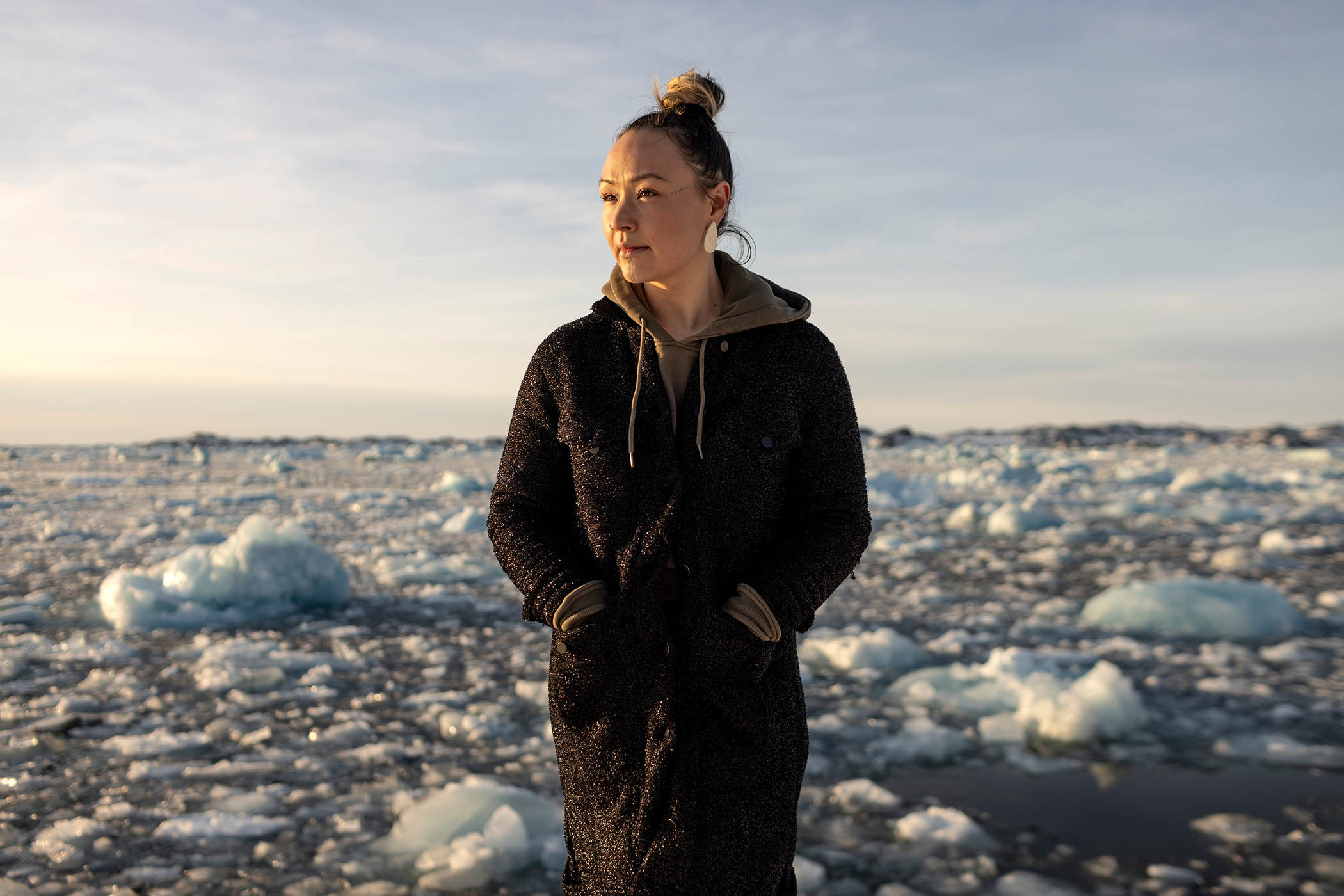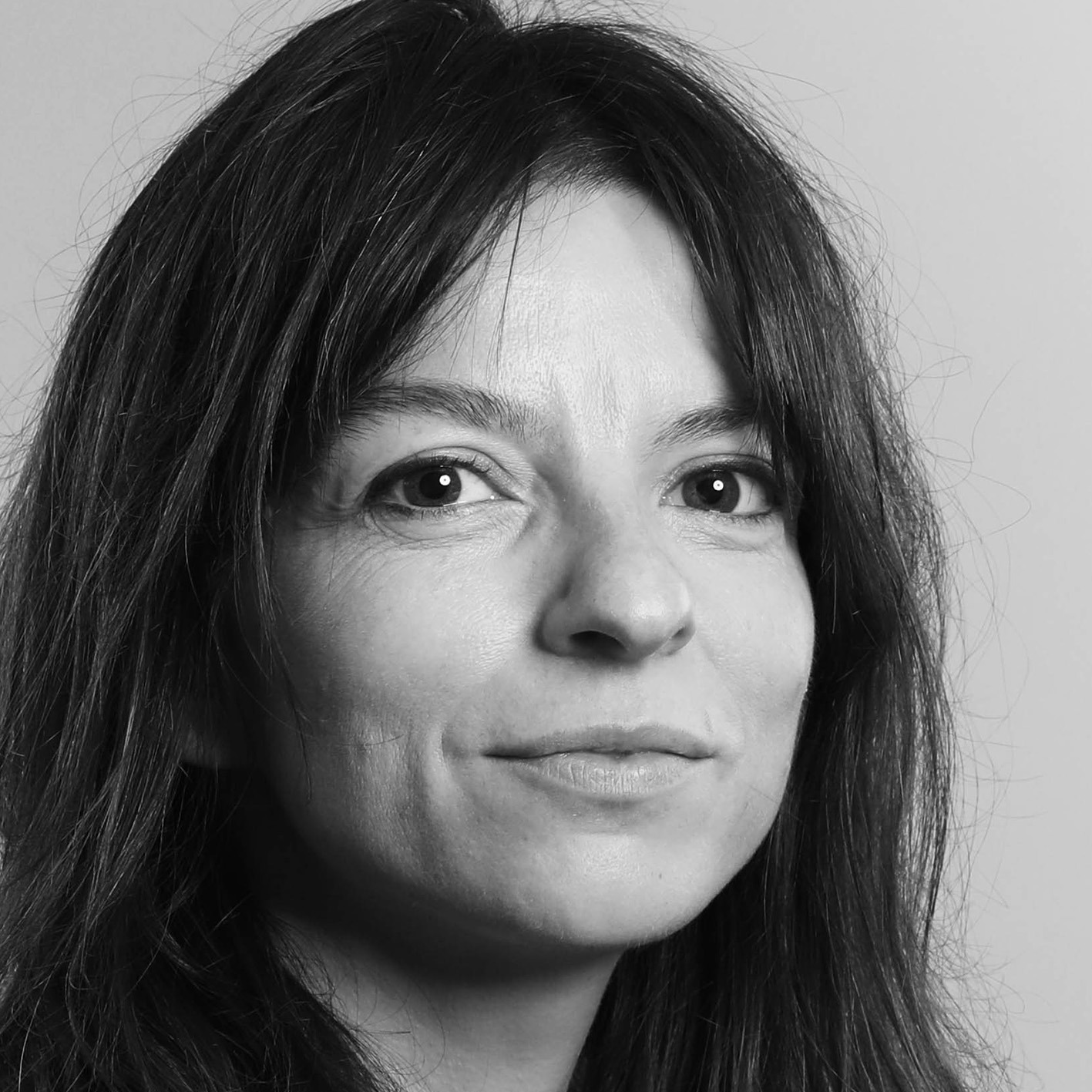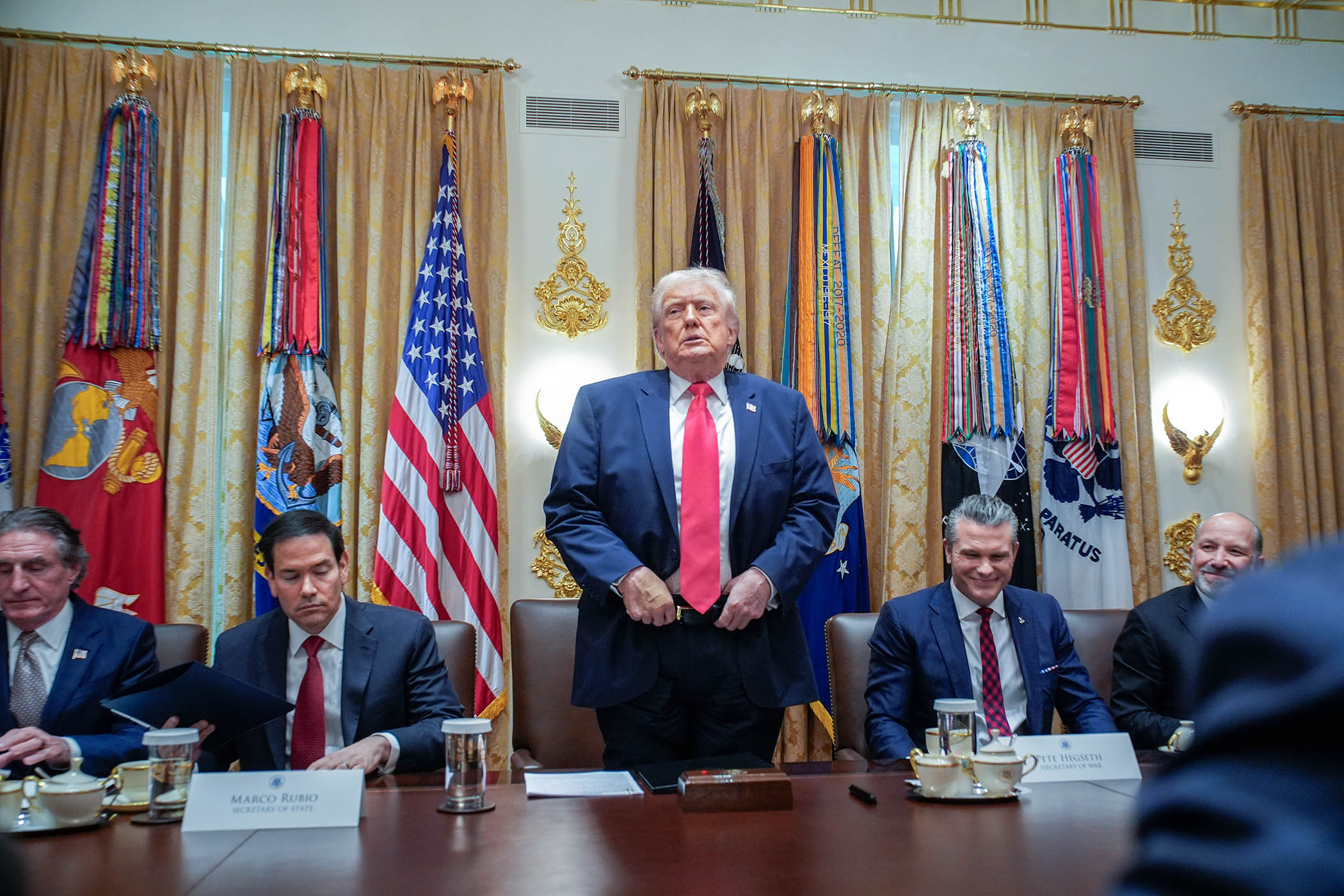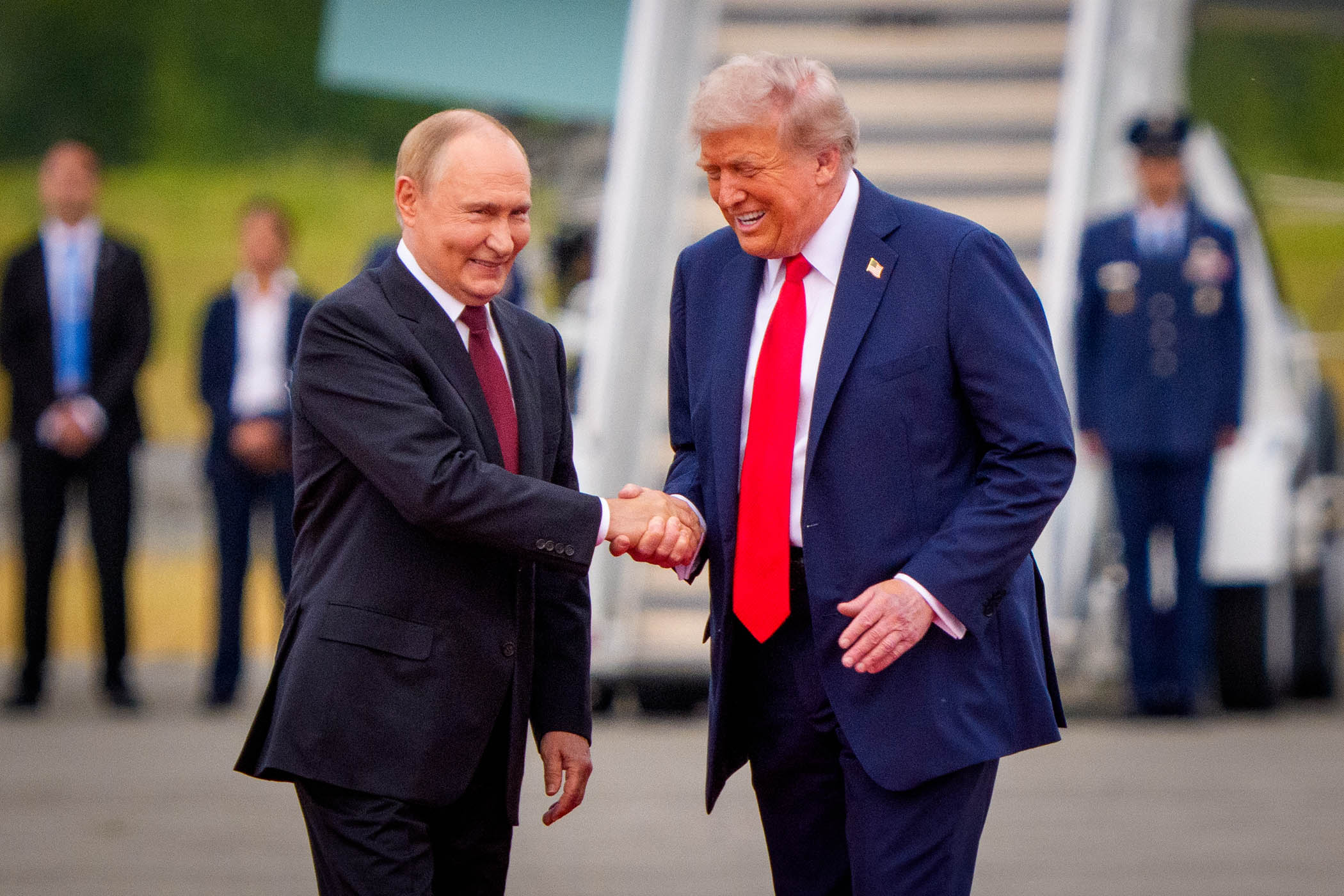Six months into Johanne Geisler’s pregnancy, a psychologist came to her home in central Denmark to test if she was capable of being a good parent.
Geisler, who had moved to Denmark from her native Greenland several years earlier, was nervous as she led the psychologist into the living room. The assessment would determine whether she could keep her unborn baby.
“What’s the opposite of rain?” the psychologist asked, according to Geisler. The question threw her.
Greenlandic was her first language, but the psychologist had refused her request for an interpreter, saying her Danish was good enough. Still, she struggled to understand what was being asked of her and grew increasingly anxious. “I was telling her I am doing my best because this is my second language,” she said.
Over 10 days towards the end of 2019, Geisler underwent a series of examinations including Rorschach and IQ tests, a Reading the Mind in the Eyes test and the ME Million Clinical Multiaxial Inventory-III, as well as being observed while having dinner with her husband and his grandson. The psychometric tests were part of a parental competency test or forældrekompetenceundersøgelse, known as FKU.
Related articles:
Danish social services had previously placed two of Geisler’s children in foster care after she failed an FKU. Someone had informed the local authorities that Geisler and her husband, Ulrik Olsen, were drinking and mistreating their children, which she denies. The move to Denmark was challenging, she admits, but by the time she became pregnant again in 2019, she had settled.
However, the local municipality was concerned about the couple and a psychologist was sent to determine whether their parenting skills were “permanently impaired”. The FKU found that caring for a child was too big a responsibility for Geisler and her husband. “We never stood a chance,” she said at her home.
This year – half a decade after the state took her baby – the Danish government banned the use of the tests for Greenlandic families. A new law acknowledged what indigenous rights advocates and some psychologists have been saying for years: that the tests discriminate against Greenlandic families.
The tests were banned after US president Donald Trump vowed to take over Greenland, setting off a political earthquake in Denmark and beyond. Since then, Denmark has tried hard to address the grievances that are fuelling Greenlanders’ desire to break free, opening up the darkest chapters of their 300-year relationship.
“Stuff I fought for for so many years – that they told me ‘it’s too difficult, we cannot do that’ – was apparently easy enough to do within a week after what Trump had said,” Greenlandic politician Aki Matilda Høegh-Dam said in an interview.
But untangling the colonial legacies is a huge challenge. One of the most delicate issues is the removal of Greenlandic children from their parents in Denmark – six times more common than for Danish children.
A new body is reviewing cases in which FKU tests were used to remove children. Denmark’s minister for social affairs has estimated that about 300 cases will be reconsidered – a small number with an outsize impact on the relationship with Greenland, which has a population of less than 60,000.
For some, however, it is much too late. Several months after Danish social workers took away Geisler’s infant son, he was put up for adoption. The case was closed.
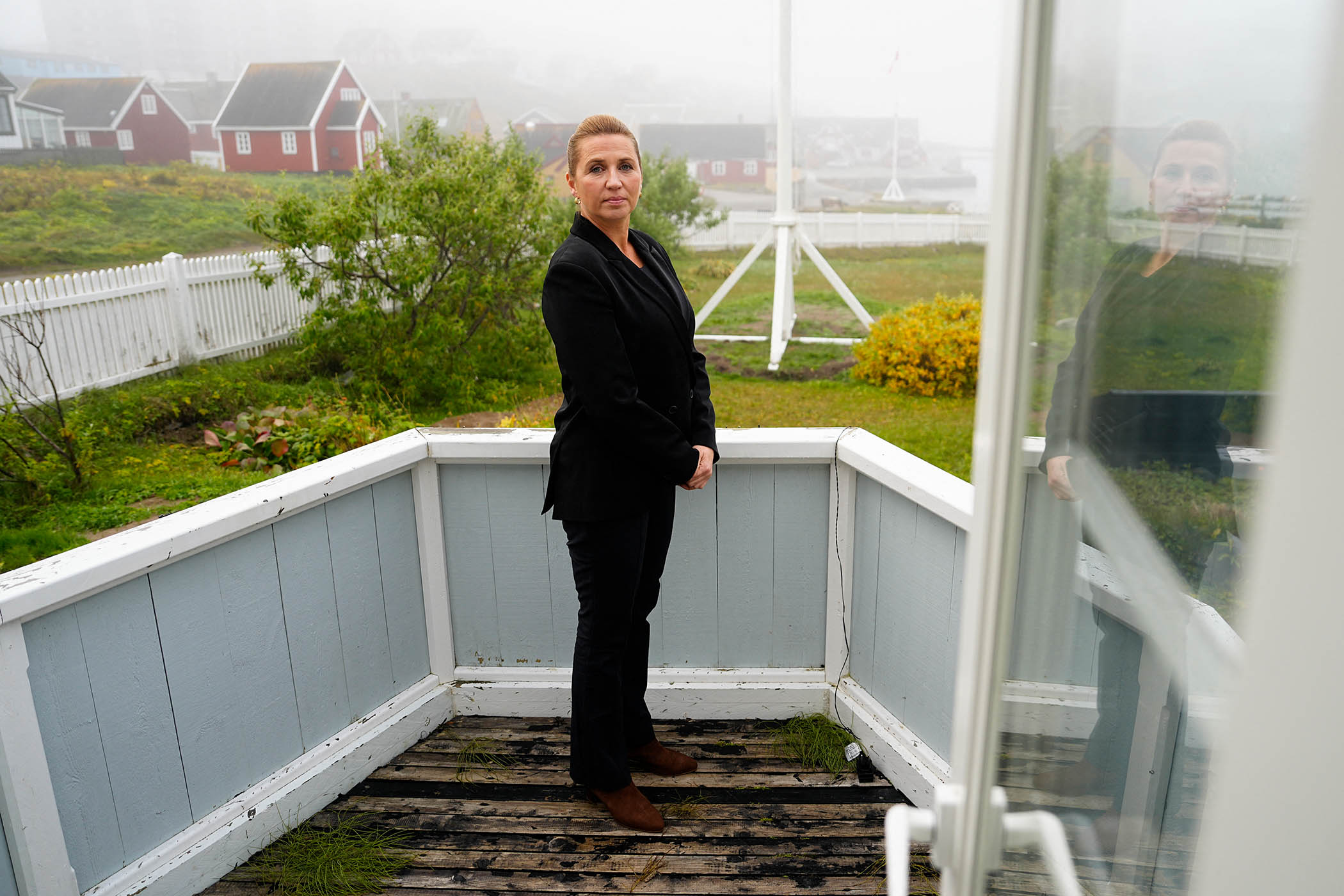
Denmark's Prime Minister Mette Frederiksen visited Greenland in September to apologise in person to the victims of the forced contraception programme.
A light snow drifted down as Thorkel Lynge Olsen arranged reindeer meat on a stainless steel counter in a covered market in Greenland’s capital. Nine months have passed since Trump Force One, carrying Donald Trump Jr, touched down at the newly opened international airport in Nuuk, setting off a frenzy in one of the world’s smallest capitals. Olsen’s biggest concern now is the bad weather, which means less produce, but he said he was grateful to Trump for spurring on Denmark to take Greenland more seriously. “I’m glad it has got things moving,” he said. “But I think we have to be careful.”
Trump Jr’s visit took place as his father was preparing to take office, after saying on the campaign trail that control of Greenland was “an absolute necessity” for US national security. The world’s biggest island sits on the shortest flight path between North America and Russia, making it a crucial forward-operating base for surveillance and missile defence. Melting ice is unlocking new shipping lanes through the Arctic, fuelling rivalry between Russia and China. And the rare earth elements buried beneath Greenland’s ice cap, including dysprosium, neodynium and terbium, are essential to modern technologies.
“Everyone knew that if the US wanted to take over Greenland they could do it in a quarter of an hour,” said Rasmus Leander, associate professor at the Centre for Foreign and Security Policy at Greenland’s only university.
Accompanying Trump Jr was Charlie Kirk, the US conservative activist and social media personality who was assassinated eight months later. “Donald Trump Jr, a very good friend of mine, called and said, ‘Hey do you want to come to Greenland?’” Kirk recounted in an episode of his podcast.
On a mound overlooking the fjords, the American visitors posed for a photograph in front of a statue of Danish-Norwegian missionary Hans Egede. It was an unfortunate choice: for many Greenlanders, Egede is a symbol of the colonial shackles they have struggled to throw off for decades. His arrival in Greenland in 1721 marked the beginning of Danish rule over its Indigenous Inuit population, which provided seal blubber for export.
Greenland ceased to be a colony in 1953 and is now a self-governing autonomous territory within the kingdom of Denmark. Kalaallisut, or Greenlandic, is the official language. But the island remains dependent on Denmark for half its budget and does not control key areas such as foreign policy or defence. And while it has the right to pursue independence, the outcome of any referendum would have to be ratified by the Danish parliament.
Efforts to modernise and assimilate the Inuit population during the second half of the 20th century have left deep scars – and anger. As monuments were toppled across the world during Black Lives Matter protests, red paint was smeared on the statue of Egede to make his robes look bloody, and his staff was turned into a whip. Inuit symbols were daubed on the pedestal along with the word: “decolonise”.
Returning to the US, Kirk shared his impressions of Greenland with his listeners. “They can't stand their current Danish masters,” he said. “They want a change. They want to be part of a country that respects them, that gives them human rights… It is a perfect fit for the United States.”
‘I got very angry with the Danish state. If they give us compensation, it will show they mean this apology’
Bula Larsen
Aka Niviâna Pedersen chooses her words carefully. The 30-year-old actor got her break in the True Detective TV series playing the younger sister of Detective Evangeline Navarro. US interest in Greenland has put her under a different kind of spotlight. “I realised how easy it is for people to have this narrative that we want to be with the US,” said Pedersen at a busy cafe in Nuuk’s main shopping centre.
Despite the complicated relationship with Denmark, most Greenlanders do not wish to trade that for fealty to the US, she said. “Considering the Indigenous people of the US, I don’t think they’re going to treat us better – even if Trump says we’re all going to be millionaires. I’m not buying it.”
Growing up in Denmark, she experienced first-hand the discrimination that many Greenlanders complain of, but the anger she felt then has tempered with age. For all the problems, there is a long shared history with Denmark, including family ties. Many Greenlanders, who are citizens of Denmark, move there for education and other opportunities.
And there are pressing issues, including high levels of alcohol abuse, domestic violence and one of the highest suicide rates in the world. “It might have roots in colonial history but we need to do something about it now,” she said. “Will we heal faster if we become independent?”
For now, Trump’s threats have empowered political forces that are wary of the US and favour a cautious approach towards independence. “We shouldn’t build the house from the chimney down,” the prime minister, Jens-Frederik Nielsen, told Greenland’s public broadcaster.
After winning an election this March, Nielsen formed a coalition excluding Naleraq, the party most open to exploring a US relationship. Greenland has since tacked closer to Denmark – and Europe. Earlier this month, Denmark said it would invest 27.4bn Danish kroner (£3.2bn) to strengthen its military presence in the Arctic, including an underwater cable linking it to Greenland and the construction of a military base in Nuuk.
Relations with the US deteriorated further after Denmark summoned the US charge d’affaires this summer over an alleged influence campaign in Greenland. There was no sign of activity at the small clapboard house that serves as the US consulate in Nuuk on an afternoon this month. But US interest in Greenland has not gone away, said Aaja Chemnitz, one of the two Greenlandic members of the Danish parliament.
“When it comes to Americans coming to Greenland and trying to influence the political system, what they are doing is actually feeding the opposition,” she said in her office.
With the US watching, Denmark can’t afford to put a foot wrong, she said. “Every time Denmark is messing up, I know there’s someone on the other side who is trying to get something: whether it’s the opposition or the US administration.”
The tap of heels echoed in the silence as the Danish prime minister, Mette Frederiksen, walked up to the podium in Nuuk last month, wearing a black suit and a sombre expression.
She came to apologise in person to the victims of a campaign dating back to the 1960s to curb population growth in Greenland. An official inquiry this year found that roughly half the women of fertile age in Greenland were fitted with an IUD, including girls as young as 12. Many did not give informed consent, and some were rendered infertile. It has been called genocide by some Greenlandic politicians.
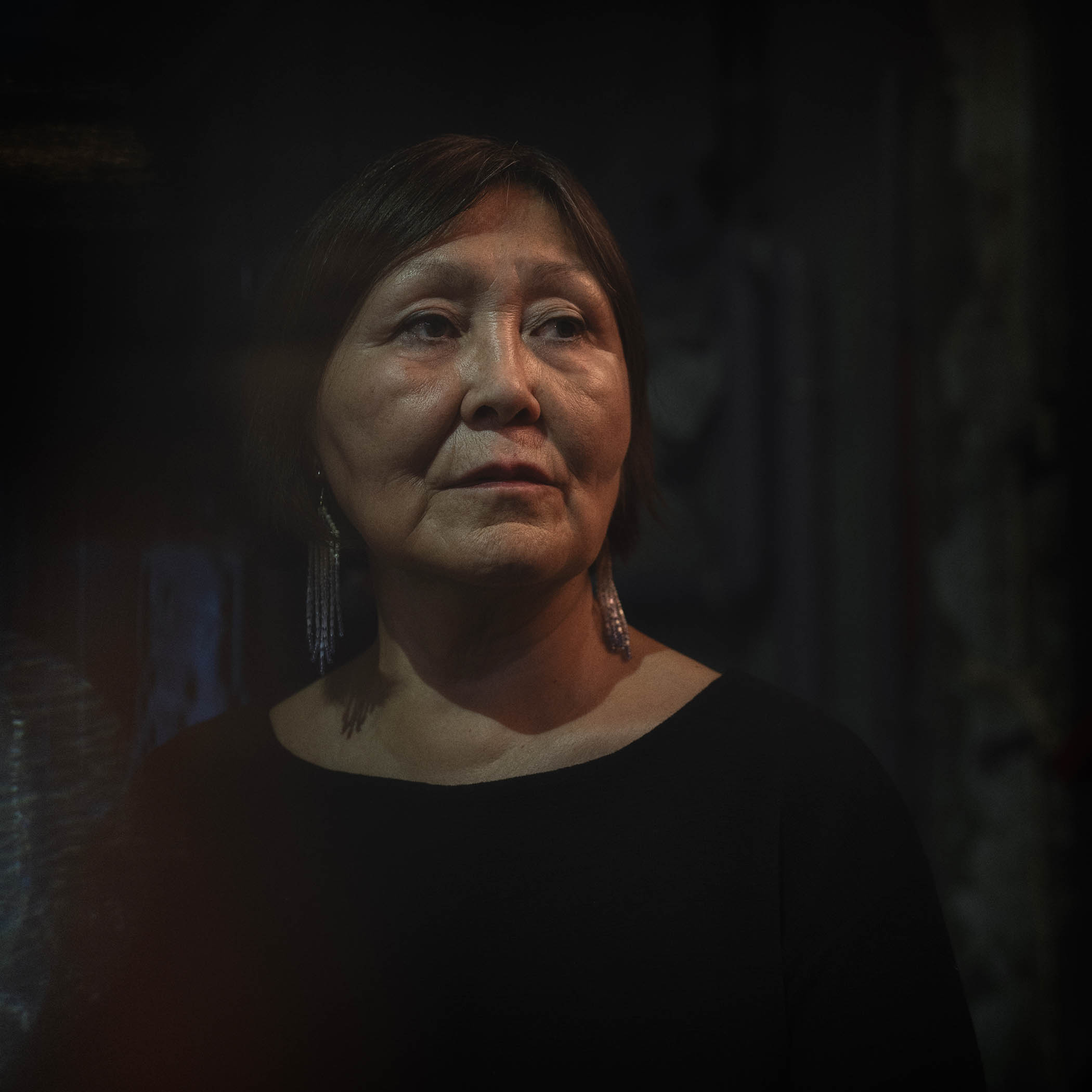
Bula Larsen was 14 when she was forced to have an IUD
“What you were exposed to was wrong. It was a failure and now we take responsibility for that,” Frederiksen said to the victims, many of whom are now in their 60s and 70s. “On behalf of Denmark, I would like to say sorry.”
The apology represented a growing willingness in Denmark to confront uglier episodes in its history – and the myth of its own benevolence.
“That was the narrative: we are the best colonial power in the world since we treat our colonised [the same as we treat all citizens],” said Ebbe Volquardsen, a German political scientist who has lived in Nuuk for a decade. “Any criticism was seen as a sign of ingratitude, and that made it extraordinarily difficult for anyone in Greenland to put forward demands.”
Frederiksen previously apologised for the removal of 22 Greenlandic children from their parents in a 1950s social experiment that sought to turn them into model citizens or “little Danes”. Instead they lost their identity and suffered lifelong trauma. Frederiksen’s predecessor had resisted calls for an apology, describing the episode as a closed chapter.
As Frederiksen spoke, some of the women wept quietly. One stood with her back turned to Frederiksen in protest – a black handprint painted over her mouth symbolising solidarity with missing and murdered indigenous people. Nielsen dabbed his eyes with a tissue.
The words lifted a weight from Bula Larsen. “It was like it has been there all those years without my knowing it,” she said, gazing out of the window of a cafe in the Danish city of Aarhus, where she now lives.
She was only 14 when the head of the school dormitory in Paamiut chaperoned her and the other girls to the hospital, but the memory is still vivid: the Danish doctor’s white gown; the instruction to remove her underwear; the big metal instruments arranged on a tray; the fear – and the pain. “So you don’t get pregnant,” she recalls the doctor saying as he inserted the IUD.
For years, Larsen suffered from infections, and she couldn’t get pregnant. But it was only decades later, listening to a podcast on Danish radio, that she began to realise it was the IUD that had destroyed her dreams of motherhood.
“I got very angry with the Danish state,” she said, softly.
Other women came forward and together they engaged a lawyer who had represented the survivors of the “little Danes” experiment.
Mads Pramming also represents another group of Greenlanders suing Denmark for discrimination. As the children of unwed Greenlandic women, they were denied the right to know or inherit from their biological fathers, many of whom were Danish. “Greenlanders have always been seen as worthless,” said Claus Frederiksen, a spokesman for the group.
While she welcomed the apology, Larsen said it wasn’t enough. “If they give us compensation, it will show that they mean it,” she said.
Frederiksen has said a “reconciliation fund” will be established but it isn’t clear who will receive compensation – or how much. If need be, Larsen said, she and the other women will go to court to get it. “Either the state will surrender, or we will fight this battle.”
Outside the cultural centre in Nuuk, a battery-powered candle was still flickering weeks after the ceremony alongside a wreath, and a rock painted with the words: “For the children we never had
On the walls of Geisler’s home, paintings of icy Greenlandic landscapes are a window on her distant home. A Greenlandic flag hangs beside a polar bear painting.
Her son is six now, but she knows nothing about him except fragments from the reports she receives every other year from social services.
“If he was home, there would be toy cars everywhere, children playing around us – sounds,” she said longingly.
Months after their baby was taken in 2020, Geisler’s teenage daughter returned to live with her mother. After a decade in foster care, she couldn’t speak Greenlandic and was estranged from her culture. “She was in a very fragile state,” said Geisler.
She has no contact with her older son, whose foster parents turned him against her, she said. Geisler couldn’t understand: if Danish social services considered her fit to care for her older daughter, why not her infant son?
The couple fought to overturn the adoption in court.
Their appeal included a letter from the psychologist who treated Geisler after the child was taken. In her view, Geisler and Ulrik were “loving people” capable of providing a safe home. “The parents may have needed a helping hand from the public sector regarding the upbringing of their little son, but it does not seem that they have been given a chance,” wrote Grethe Drejer.
The court upheld the adoption, citing the results of the parental competency test, which had found Geisler to be mistrustful of others, lacking in empathy and social skills, “immature”, “egocentric”and “chronically vulnerable to stress”.
“Overall, the parental competence survey assessed that taking care of a child’s wellbeing is too big a task for Johanne Geisler and Ulrik Olsen, due to the massive emotional personality and social challenges described,” it read. The couple had already received help from the state and it made no difference, it added.
The court downplayed the lawyers’ argument that the parental competency test was full of problems and had been conducted by Danish psychologists with no knowledge of Greenlandic culture or language. Another appeal was rejected in 2021.
Opposition to the tests began to gain traction in 2022 when the Danish Institute for Human Rights said they were discriminatory. But it was only after Trump’s threats that Denmark moved to scrap them.
The decision raised Geisler’s hopes of getting her son back – until she found out that cases involving adoption weren’t up for review. “It was devastating,” she said.
Two Greenlandic mothers have had their children returned to them since the law changed. Others are mobilising to get theirs back.
“We are never going to give up,” said Geisler. “Never,” echoed her husband.
Photographs by Patrick Brown/Panos Pictures, Mads Claus Rasmussen/Ritzau Scanpix, Juliette Pavy/Hors Format
